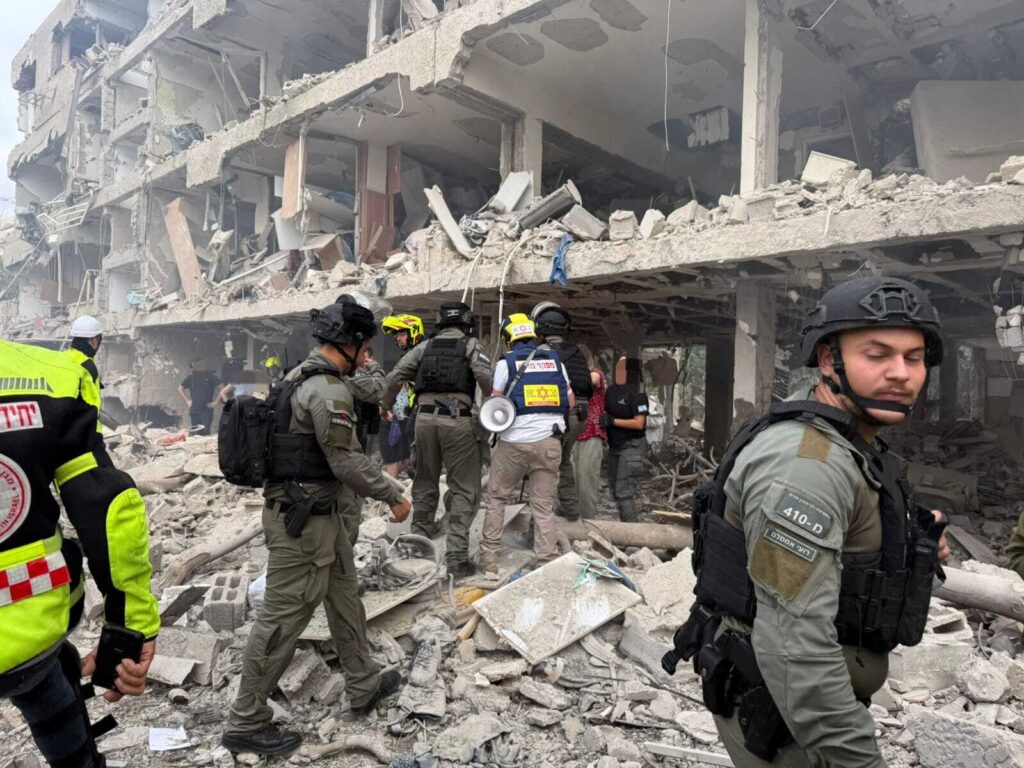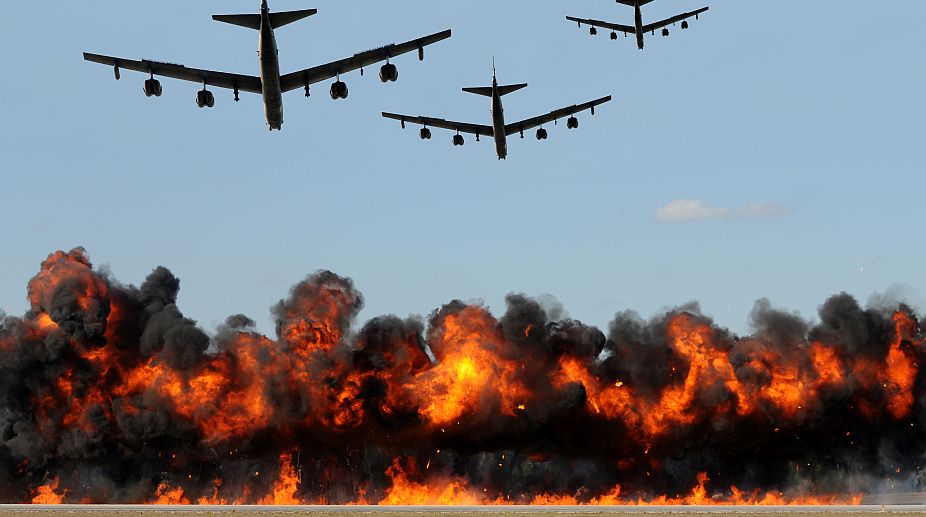The United States has conducted airstrikes on three nuclear facilities in Iran, marking a significant escalation in the ongoing conflict between Iran and Israel. Here’s a detailed breakdown of the situation:
**Key Details of the U.S. Strikes**
1. **Targeted Sites**
– The U.S. military, in coordination with Israel, struck three key Iranian nuclear facilities:
– **Fordo** (a heavily fortified underground uranium enrichment site)
– **Natanz** (a major uranium enrichment plant)
– **Isfahan** (another critical nuclear facility) .
2. **Weapons Used**
– **GBU-57 Massive Ordnance Penetrator (MOP)**: A 30,000-pound “bunker buster” bomb, delivered by B-2 stealth bombers, was used to target Fordo due to its deep underground location .
– **Tomahawk missiles**: Launched from submarines to strike Natanz and Isfahan .
3. **U.S. Claims of Success**
– President Trump declared the strikes a “spectacular military success,” stating that Iran’s nuclear enrichment facilities were “completely and totally obliterated” .
– He warned Iran against retaliation, saying, “If peace does not come quickly, we will go after those other targets with precision, speed, and skill” .

**Iran’s Response**
– **Condemnation & Threats**
– Iran’s Foreign Minister called the attack “outrageous” and a violation of international law, warning of “everlasting consequences” .
– Iran’s Atomic Energy Organization denied major damage, claiming materials had been evacuated beforehand .
– Iran launched retaliatory missile strikes toward Israel following the U.S. attack .
**International Reactions**
– **Support**
– **Israel**: Prime Minister Netanyahu praised the strikes as “historic” and thanked Trump for U.S. leadership .
– **Criticism & Calls for De-escalation**
– **U.N.**: Secretary-General António Guterres called the attack a “dangerous escalation” and urged diplomacy .
– **Democratic U.S. lawmakers**: Accused Trump of bypassing Congress and risking a broader war .
– **Other nations** (e.g., Venezuela, Cuba, New Zealand, Australia) condemned the strikes and called for restraint .
**Potential Escalation Risks**
– Iran may retaliate by:
– Attacking U.S. bases in the Middle East (e.g., Bahrain’s 5th Fleet HQ).
– Disrupting oil shipping in the Strait of Hormuz.
– Launching asymmetric cyber or proxy attacks .
What’s Next
– The U.S. has warned Iran against further retaliation, while Iran has vowed to defend its sovereignty.
– Diplomatic efforts may be attempted, but the risk of a wider regional war remains high .



